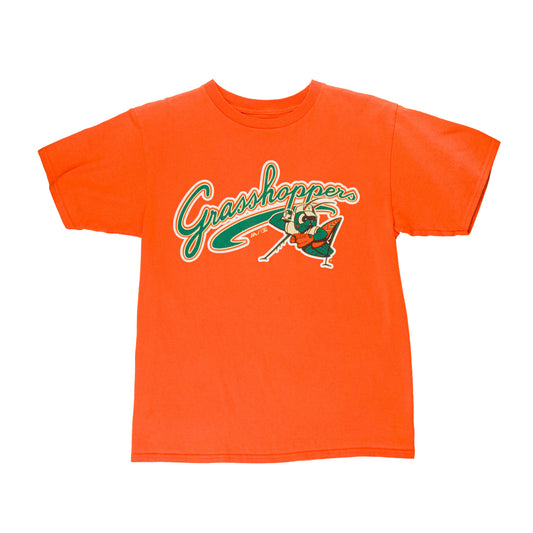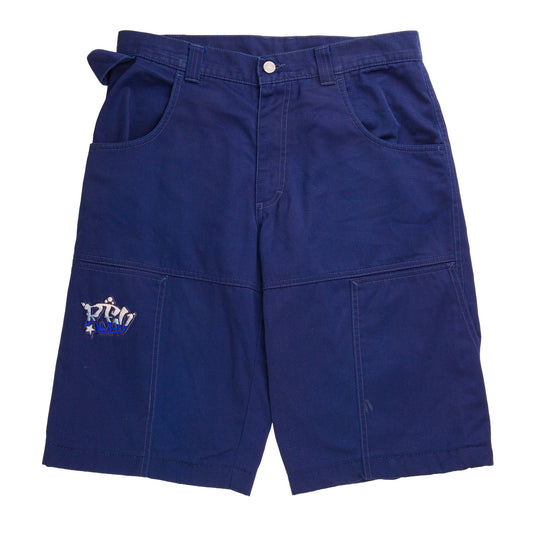Measurement Guide
First, remember that you're buying used items from different eras and made by different brands. The sizes you'll find on clothing labels often represent values far removed from how we perceive sizes today. Therefore, we recommend carefully reading the measurements listed on each item's page. We assure you that we've measured each item individually. It's not exactly the most fun thing in the world, but we've done it with love, so you can shop on our site with maximum precision and security, thus avoiding unnecessary returns (and additional shipping costs). On our site, you can purchase approximately three types of products, for each of which we've created a table. The types are as follows:
1) Items you wear as a single piece and extend from the shoulders (or waist) to the knees (or just below or below), essentially skirts and dresses; 2) Items that cover from the waist down and that you put on one leg at a time (sometimes even two legs at once), such as jeans, shorts, and even overalls; 3) Items that cover the upper body, such as shirts, sweatshirts, sweaters, coats, and jackets. There are also items made up of multiple pieces, such as a suit or tracksuit. In these cases, you'll need to consider the measurements of both pieces.
Graph 1
If you're looking at a dress, measurement " b " corresponds to the sleeve, taken from the point where the shoulder begins to the point where the sleeve ends. Measurement " c " is the chest/bust and is taken from armpit to armpit (double it if you want to find the circumference, so you'll need to take a calculator and multiply by two). Measurement " e " is the waist (again, the measurement we provide must be doubled if you want to compare it to the circumference), while " f " is the length of the skirt, measured from the waist to the bottom hem. Finally, " d " is provided for a dress and corresponds to its overall length, measured from the highest point of the shoulders to the bottom hem of the dress.













